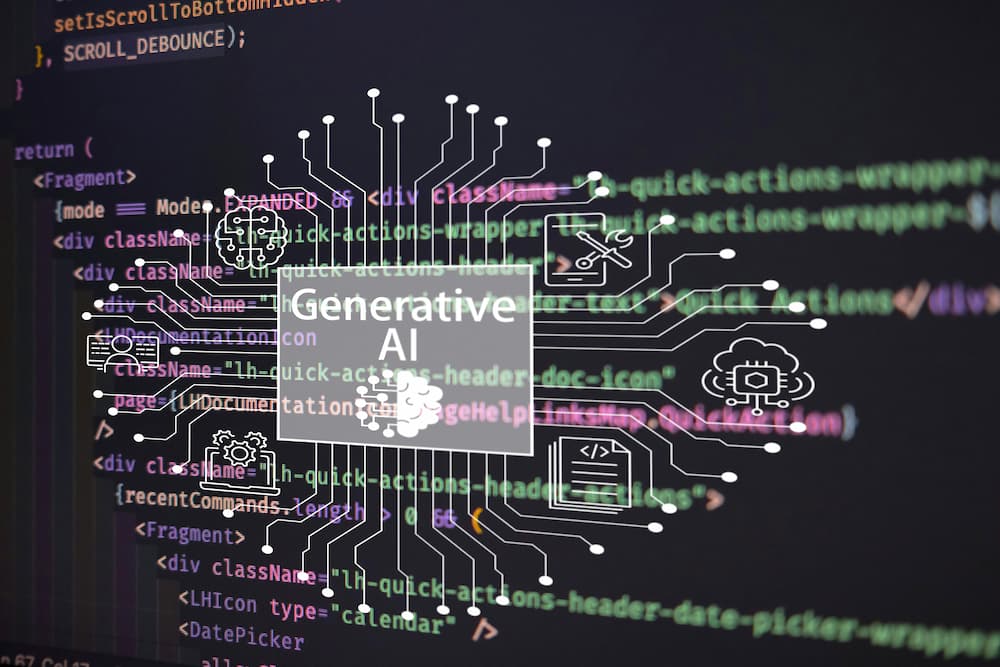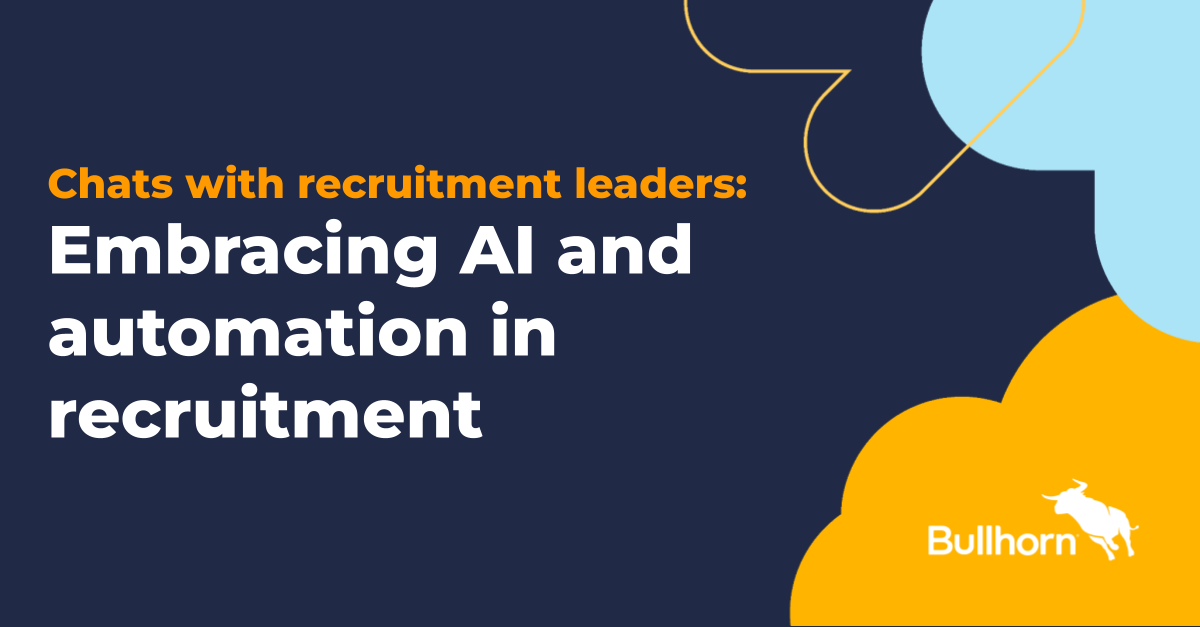![]()
![]()
As organisations grow and evolve, the divide between HR and payroll functions becomes increasingly counterproductive. Traditionally viewed as separate systems, HR and payroll actually share a wealth of overlapping data—employee records, job classifications, benefits, hours worked, and more. That’s why many modern businesses are opting to integrate their payroll and HR software into a unified platform.
This blog explores why integration matters, the risks of keeping systems separate, and the business benefits you unlock when HR and payroll work hand-in-hand.
1. Say Goodbye to Double Data Entry and Errors
When HR and payroll systems are disconnected, administrators often have to manually enter or update employee data in both platforms. This duplication not only wastes time but also significantly increases the chance of human error.
Think about the cascading issues from a single typo: A misspelled name or wrong tax file number can delay payroll processing, impact compliance, or lead to incorrect superannuation payments. Integrated systems eliminate this redundancy—data only needs to be entered once, and it flows automatically where needed.
Key benefit: Greater accuracy and less time correcting mistakes.
2. Boost Efficiency with Automated Workflows
An integrated solution lets you build streamlined processes that automatically sync HR and payroll activities. For example:
-
When HR updates an employee’s salary or role, payroll reflects it instantly.
-
New hires entered in the HR system are automatically added to payroll.
-
Leave balances sync in real-time between systems.
This automation reduces bottlenecks, shortens payroll cycles, and frees up your HR and finance teams to focus on higher-value work.
Result: Faster processing and better use of team resources.
3. Strengthen Compliance and Audit Readiness
Payroll is a compliance-heavy area. From income tax to superannuation, awards, and overtime calculations, mistakes can carry financial and legal risks. Integrated systems help mitigate these risks by:
-
Ensuring accurate, up-to-date employee classifications
-
Automating tax and super calculations
-
Creating digital audit trails
When everything is tracked in one system, it’s easier to generate compliance reports and prove your processes in an audit.
Bonus: Real-time updates reduce the risk of being out of step with legislative changes.
4. Enhance the Employee Experience
Today’s employees expect transparency and access when it comes to their pay, leave, and benefits. When payroll and HR systems are combined:
-
Employees can use a single login to update personal details, download payslips, or apply for leave.
-
HR teams can resolve queries faster with all data in one place.
-
Onboarding is smoother, with no redundant forms to fill out.
This seamless experience not only improves satisfaction but also boosts trust in your internal processes.
5. Unlock Strategic Reporting and Workforce Insights
When payroll and HR data live in one system, you gain a 360-degree view of your workforce. That opens the door to deeper analytics, such as:
-
Cost of turnover per department
-
Overtime trends and budgeting accuracy
-
Pay equity comparisons
-
Benefits utilisation rates
These insights allow HR and leadership teams to make more informed, data-driven decisions about staffing, compensation, and strategic planning.
Final Thoughts
Integrating payroll with your HR software isn’t just about convenience—it’s about setting your business up for smarter operations, stronger compliance, and a better employee experience. Whether you’re scaling up or simply trying to operate more efficiently, the value of a single source of truth for HR and payroll data can’t be overstated.
![]()
For more relevant posts:
- HR Software Australia: Integrating Payroll, Performance Management, and Recruitment
- Why is coupling your HR & Payroll systems so important?
- Mastering Payroll Processing: Best Practices for Efficiency and Accuracy – Alexi Gavrielatos
- How HRIS and HR Management Systems Enhance Compliance and Payroll Efficiency











